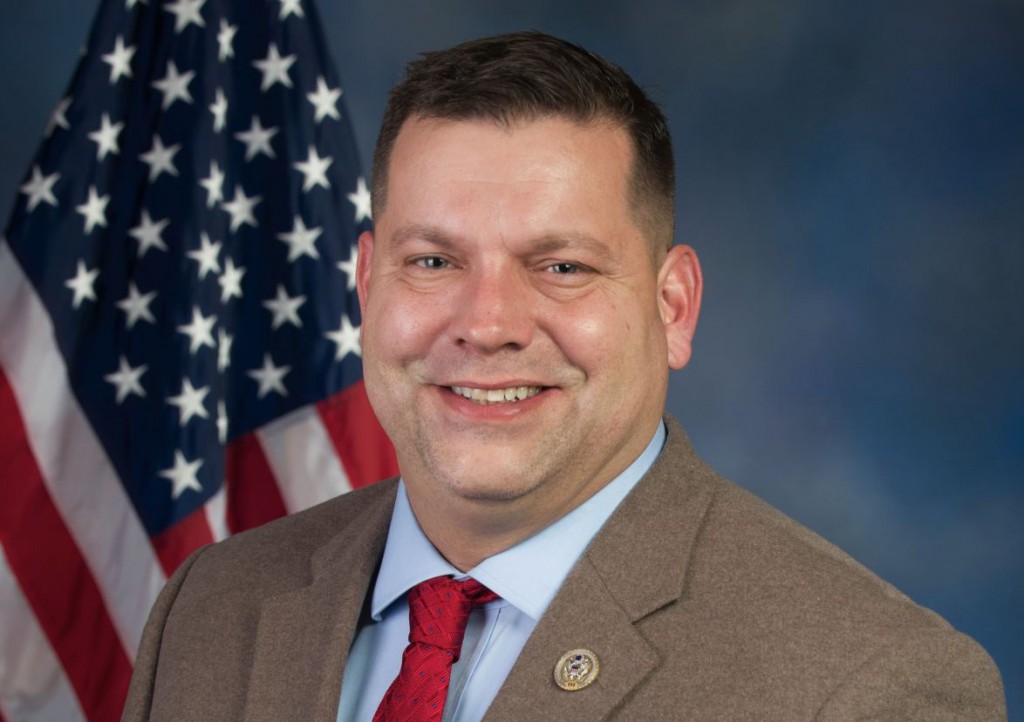Katelyn Baker
Well-Known Member
Rep. Tom Garrett, R-5th, introduced legislation Monday that would federally decriminalize marijuana, according to a news release from his office.
The Ending Federal Marijuana Prohibition Act of 2017 would take marijuana off the federal controlled substance list if it is passed.
The release stated that the bill would fulfill "a responsibility to create a level playing field across the country."
"Statistics indicate that minor narcotics crimes disproportionately hurt areas of lower socio-economic status, and what I find most troubling is that we continue to keep laws on the books that we do not enforce," Garrett said in the release. "Virginia is more than capable of handling its own marijuana policy, as are states such as Colorado or California."
This bill originally was introduced by Sen. Bernie Sanders, I-Vt., in 2015, but the legislation died.
Tulsi Gabbard, a Democrat representing Hawaii's 2nd Congressional District, is the lead original cosponsor on Garrett's legislation.
Garrett's bill comes after U.S. Attorney General Jeff Sessions said there's more violence around marijuana than people would think.
Sessions is reviewing the previous administration's memo to the Justice Department that gave states flexibility when it comes to passing marijuana laws.
Eight states, as well as the District of Columbia, have legalized recreational marijuana use.

News Moderator: Katelyn Baker 420 MAGAZINE ®
Full Article: Garrett Bill Would Remove Marijuana From Federal Controlled Substance List
Author: Staff
Contact: 540-374-5000
Photo Credit: None Found
Website: Fredericksburg
The Ending Federal Marijuana Prohibition Act of 2017 would take marijuana off the federal controlled substance list if it is passed.
The release stated that the bill would fulfill "a responsibility to create a level playing field across the country."
"Statistics indicate that minor narcotics crimes disproportionately hurt areas of lower socio-economic status, and what I find most troubling is that we continue to keep laws on the books that we do not enforce," Garrett said in the release. "Virginia is more than capable of handling its own marijuana policy, as are states such as Colorado or California."
This bill originally was introduced by Sen. Bernie Sanders, I-Vt., in 2015, but the legislation died.
Tulsi Gabbard, a Democrat representing Hawaii's 2nd Congressional District, is the lead original cosponsor on Garrett's legislation.
Garrett's bill comes after U.S. Attorney General Jeff Sessions said there's more violence around marijuana than people would think.
Sessions is reviewing the previous administration's memo to the Justice Department that gave states flexibility when it comes to passing marijuana laws.
Eight states, as well as the District of Columbia, have legalized recreational marijuana use.

News Moderator: Katelyn Baker 420 MAGAZINE ®
Full Article: Garrett Bill Would Remove Marijuana From Federal Controlled Substance List
Author: Staff
Contact: 540-374-5000
Photo Credit: None Found
Website: Fredericksburg


